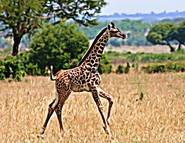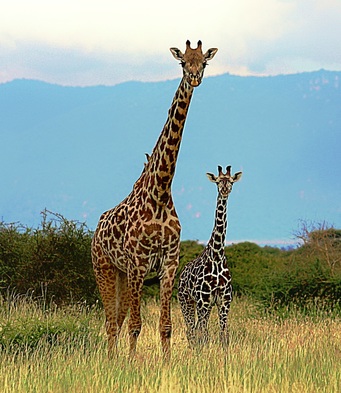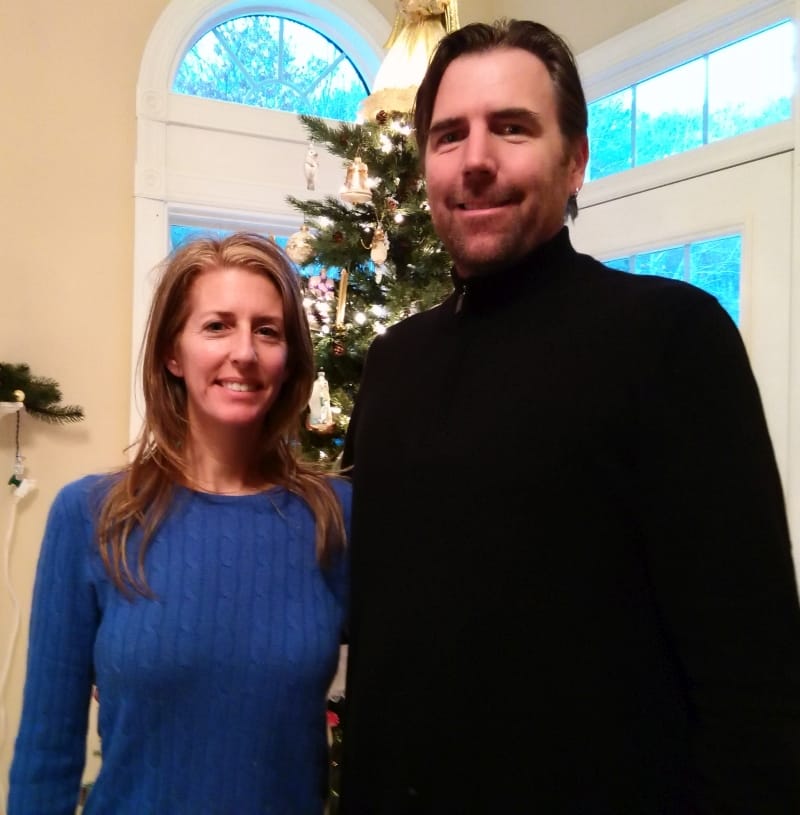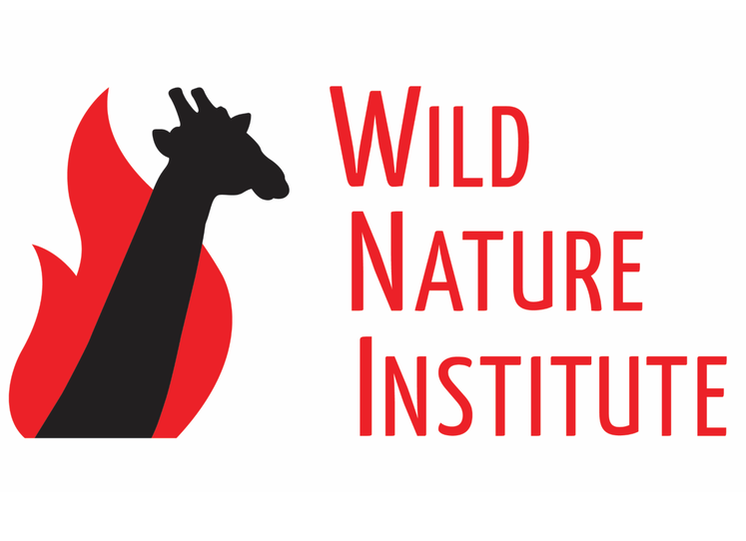|
0 Comments
 Since the announcement that giraffes are Vulnerable to Extinction, many concerned people have asked me what they can do to help save giraffes. Donating money and/or time to conservation groups like Wild Nature Institute is a great first action to help giraffes. Whatever your skill set, there is an important place for you in the giraffe conservation world where you can make a difference. The next step is to raise awareness of the problem within your social circles, and encourage others to donate money or time to saving giraffes. We need volunteers to raise awareness in their home communities, either informally, or by writing, speaking, and contributing to the global conversation about our planet’s biodiversity crisis. Specialized people also can use their career skills by providing advice, services, or goods in their area of expertise that can help the cause. Please let me know what you are interested in and we can craft a personal plan for you to become a a giraffe hero. Email me at [email protected]  Masai giraffe mother and calf. These giraffes, along with all members of their species, are now officially listed as vulnerable to extinction by the IUCN. Photo by Derek Lee, Wild Nature Institute Masai giraffe mother and calf. These giraffes, along with all members of their species, are now officially listed as vulnerable to extinction by the IUCN. Photo by Derek Lee, Wild Nature Institute
Arusha, TANZANIA, 8 December 2016- The iconic giraffe, one of the world's most recognizable animals and the tallest land mammal, is now threatened with extinction. The International Union for the Conservation of Nature (IUCN), the world body responsible for maintaining the global Red List of Threatened Species, announced today that giraffes are officially in danger of extinction. The species, found only in Africa, has moved from the Red List category ‘Least Concern’ to ‘Vulnerable’ due to a dramatic 40% decline over the past 30 years. This announcement is the result of a new assessment of giraffes conducted by the world’s leading experts. Dr. Anne Dagg, a prominent pioneer of giraffe research who has been working for nearly 50 years to conserve giraffes said, “We must act now to ensure that these magnificent creatures never become extinct.” The primary causes for Red Listing the giraffe are Illegal hunting and habitat loss. The largest giraffe populations tend to reside in protected areas such as national parks and reserves, but even giraffes in national parks are not entirely safe. “In protected areas we’re still seeing giraffes threatened by poaching,” says Dr. Megan Strauss, who recently completed a study in Tanzania’s world-famous Serengeti National Park. “Poachers in Serengeti target giraffes with snares hung in the tree canopy and this has contributed to a substantial decline in their numbers.” Fortunately, the world’s giraffe experts are actively working to conserve the animals they spend their lives researching. The estimated 97,600 giraffes in the world are divided into nine subspecies; five subspecies have decreasing populations, three have increasing populations, and one is stable. The Thornicroft’s giraffe subspecies in Zambia numbers only 600, but a small population was intensively monitored for decades and Dr. Fred Bercovitch, of the University of Kyoto, has used those data to illuminate many aspects of giraffe society and ecology. Dr. Bercovitch said, “With numbers dwindling, conservation action is essential, but requires a solid foundation of accurate knowledge about giraffe biology and ecology.” Dr. Francois Deacon, a giraffe specialist at the University of the Free State in his native South Africa, added, “This vulnerability shows we are quickly losing grip on our last few natural populations.” Dr. Deacon is leading several research and conservation projects to help save giraffes. Another giraffe hero is John Doherty, whose Reticulated Giraffe Project in Kenya is working to halt and reverse the population decline of its namesake subspecies, which numbers less than 8,000. With fewer than 2,000 individuals, the Rothchild’s giraffe subspecies is in trouble, but the Rothchild’s Giraffe Project, based in Kenya, is leading research, conservation, and education efforts to save them. The head of the Rothchild’s Giraffe Project, Zoe Muller said, “One of the most important aspects of conservation work must be to communicate the benefits of wildlife to the people sharing their habitat and environment, to local communities.” Giraffes are one of the most important animals supporting the safari tourism industry that generates hundreds of millions of dollars in revenue each year for African countries. Safari tourism revenues help support protected areas, as well as public health, education, and infrastructure projects all across East and Southern Africa. Environmental education of both Africans and Americans is the focus of efforts led by Dr. Strauss and giraffe geneticist David Brown. They have developed children’s books, posters, and lesson plans for educators that teach ecological and social lessons using giraffes as the focus. Brown said, “High-quality, culturally relevant educational materials are nurturing the next generation of conservationists and a shared love of giraffes is building bridges between kids on both continents.” Due to habitat losses across the continent, most giraffes in Africa now exist in fragmented landscapes with heavy human impacts. Dr. Derek Lee, of the Wild Nature Institute in Tanzania, is studying how giraffes use these fragmented landscapes in order to learn how people and giraffes can live together. This is one of the biggest studies of a large mammal ever undertaken, and includes data for more than 2,100 individual Masai giraffes. Masai giraffes are the most numerous subspecies at 31,000, but their population has halved since the 1980s. Dr. Lee said, "There is a great network of giraffe scientists working together to save them from extinction. We all hope this Vulnerable Red Listing will raise public awareness and increase support for giraffe conservation." ___ Wild Nature Institute is an independent non-profit scientific research, education, and advocacy organization. Monica Bond is a Principal Scientist at the Wild Nature Institute. ___ Contact: Monica Bond [email protected] +41 79 335 45 12 www.wildnatureinstitute.org Wild Nature Institute PO Box 165 Hanover, NH 03755 |
Science News and Updates From the Field from Wild Nature Institute.
All Photos on This Blog are Available as Frame-worthy Prints to Thank Our Generous Donors.
Email Us for Details of this Offer. Archives
July 2024
|
|
Mailing Address:
Wild Nature Institute PO Box 44 Weaverville, NC 28787 Phone: +1 415 763 0348 Email: [email protected] |
|


 RSS Feed
RSS Feed
